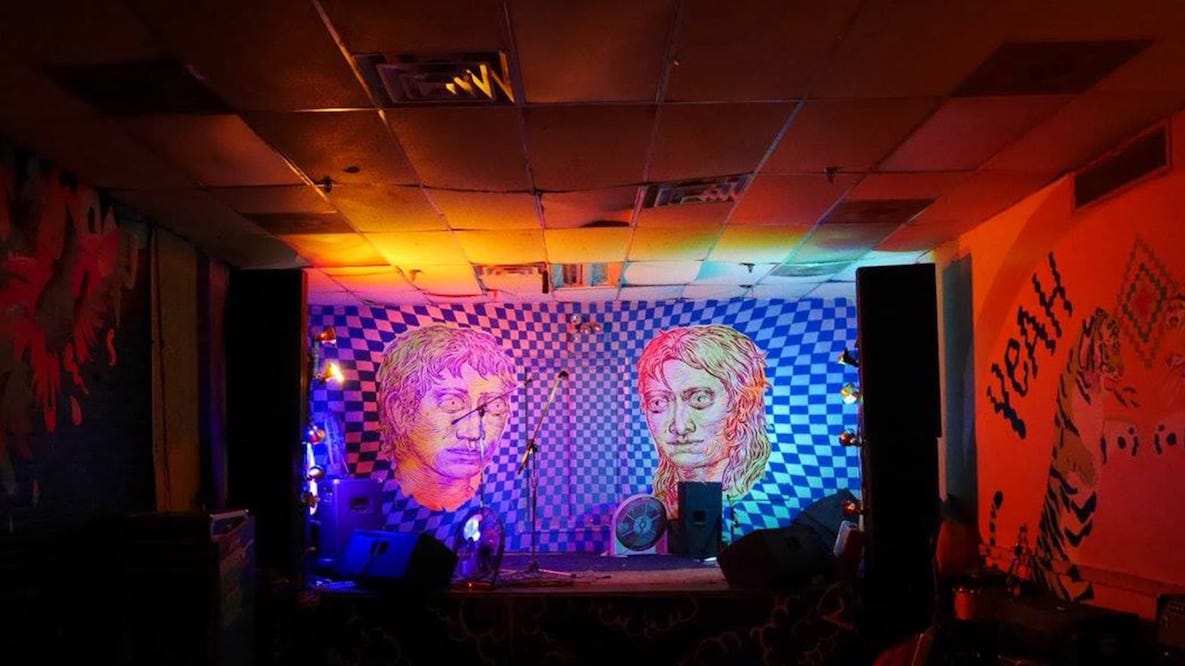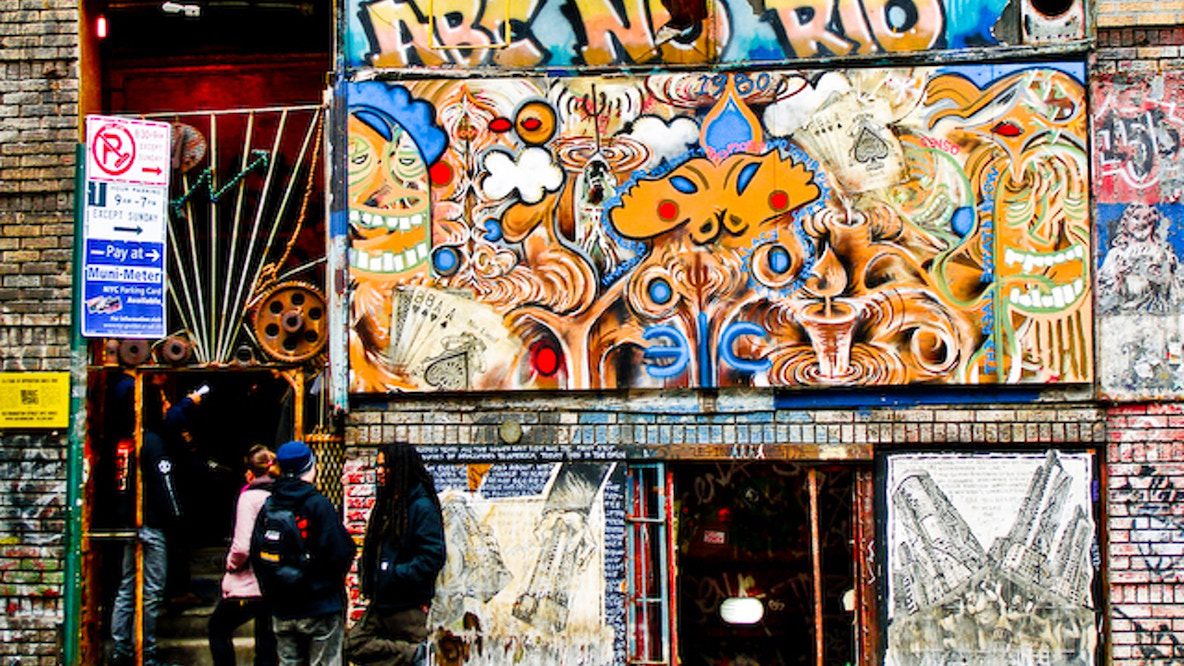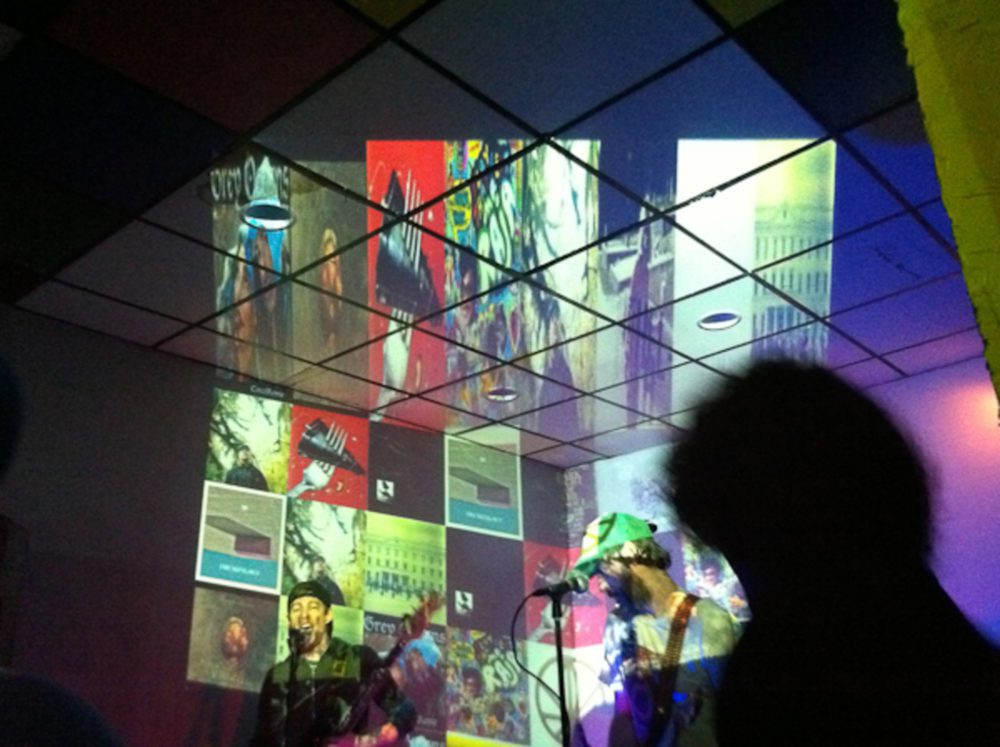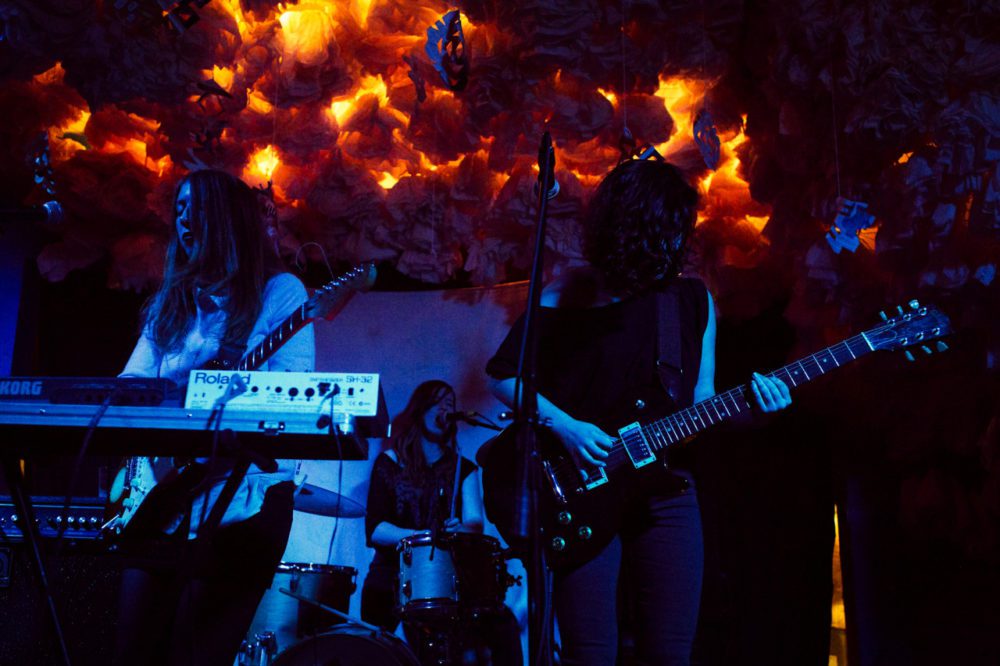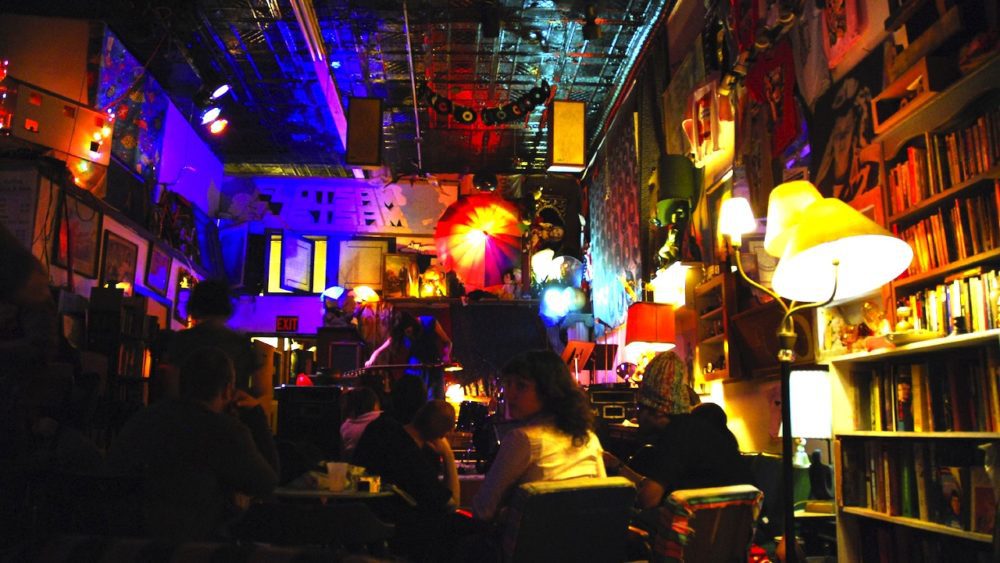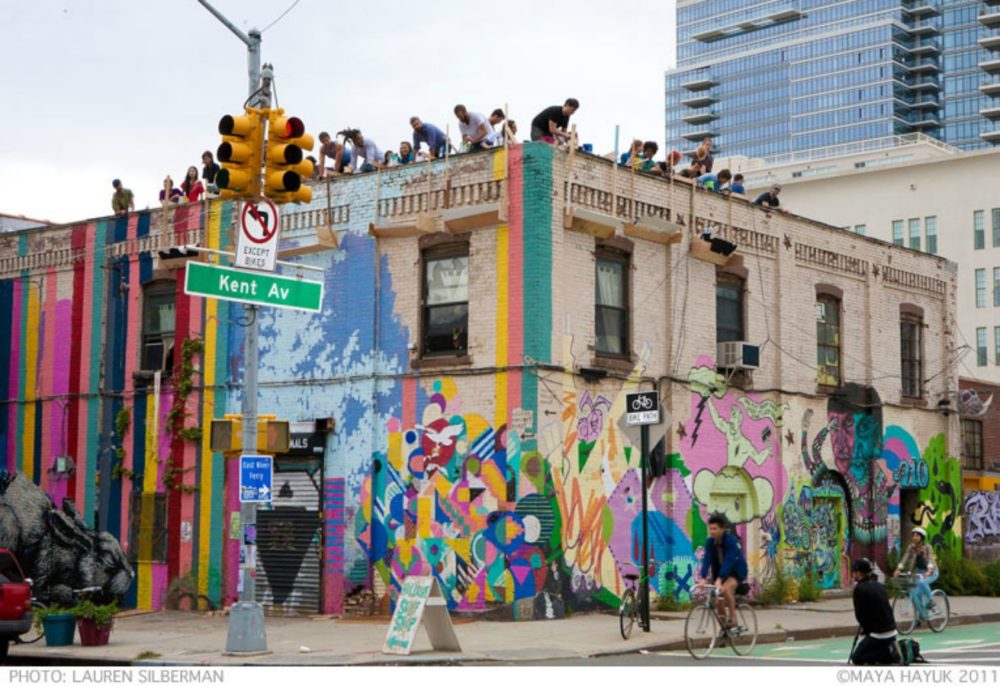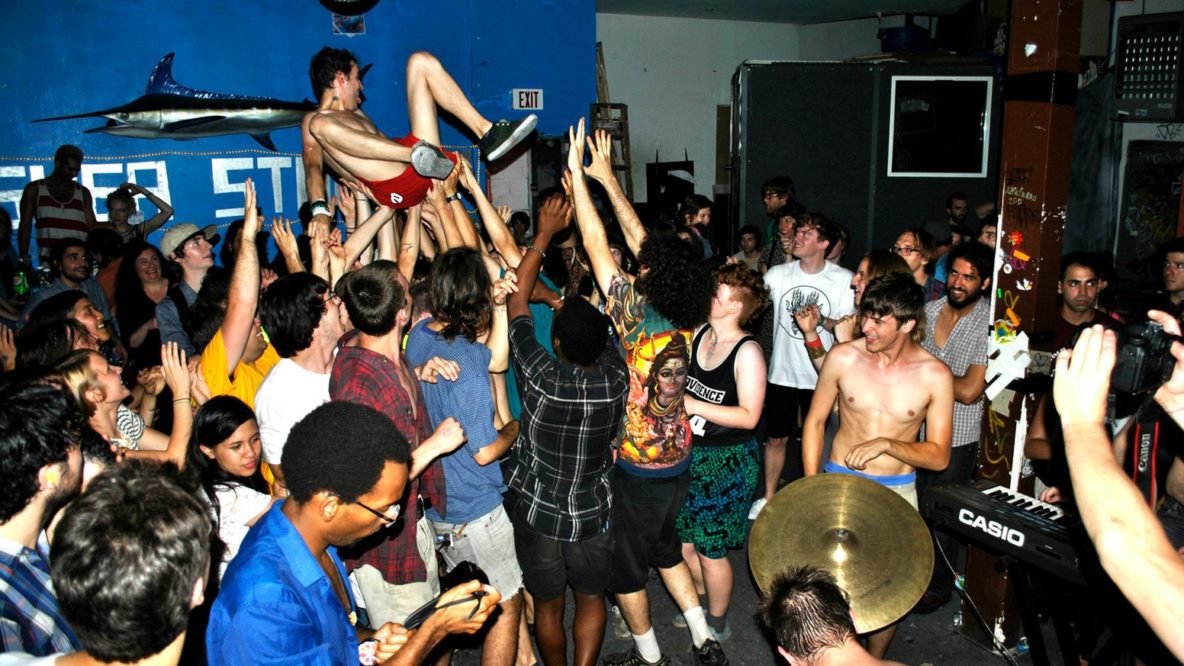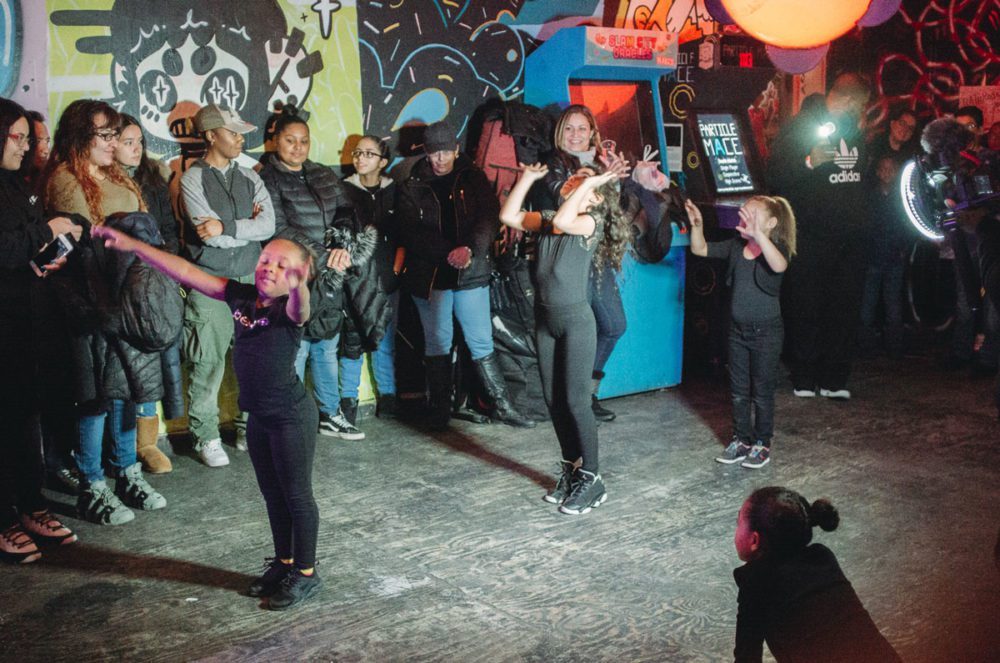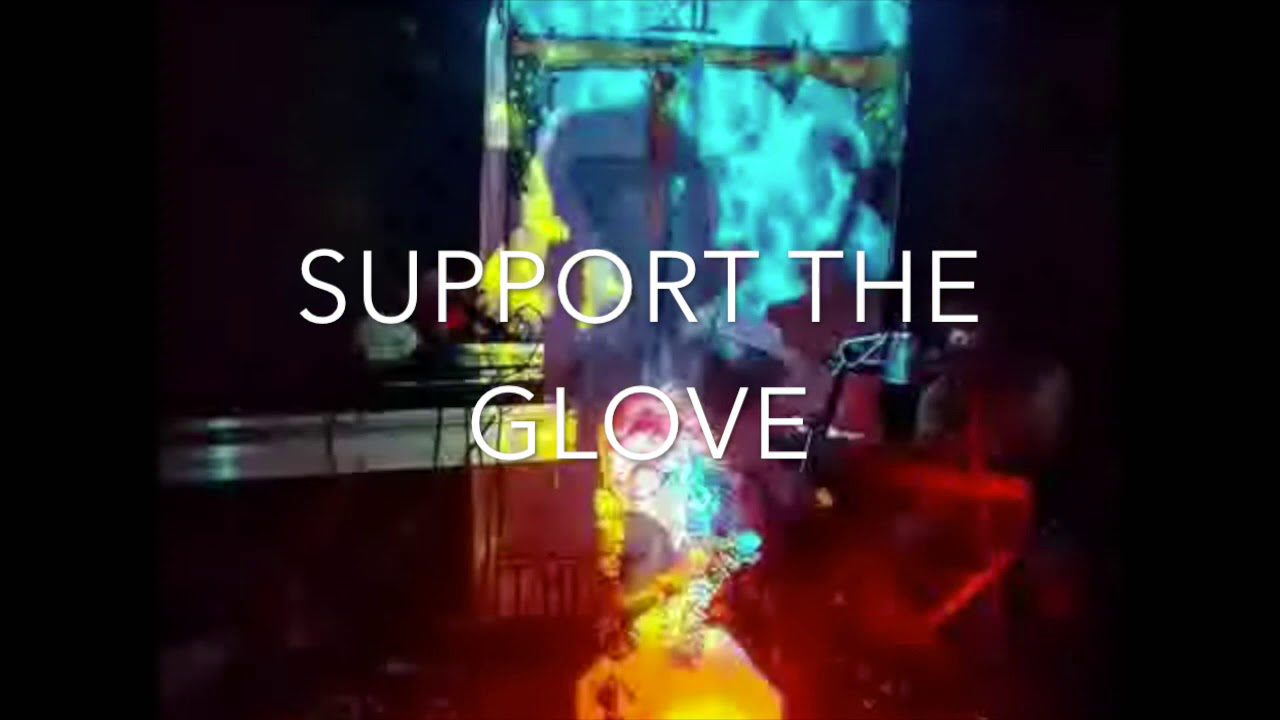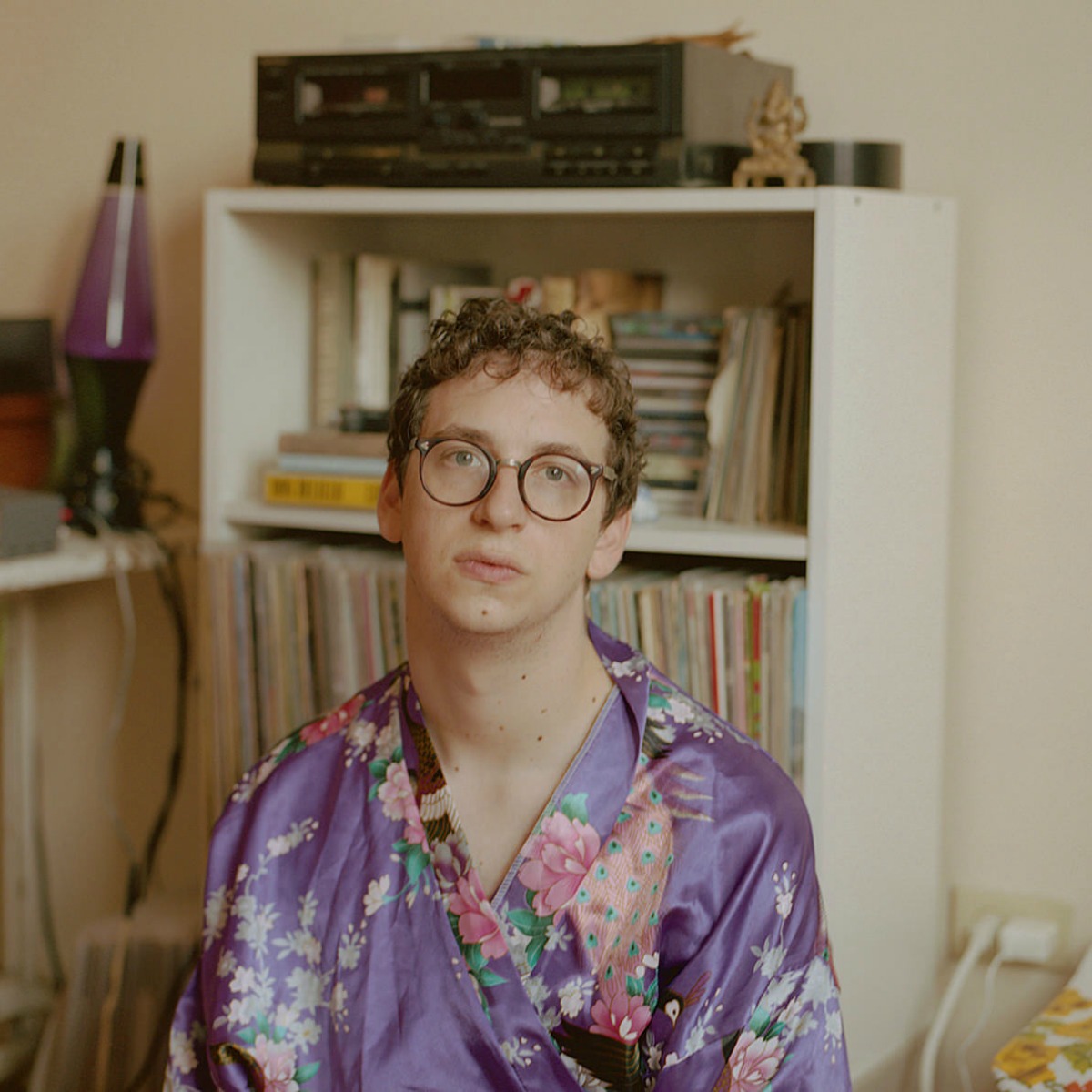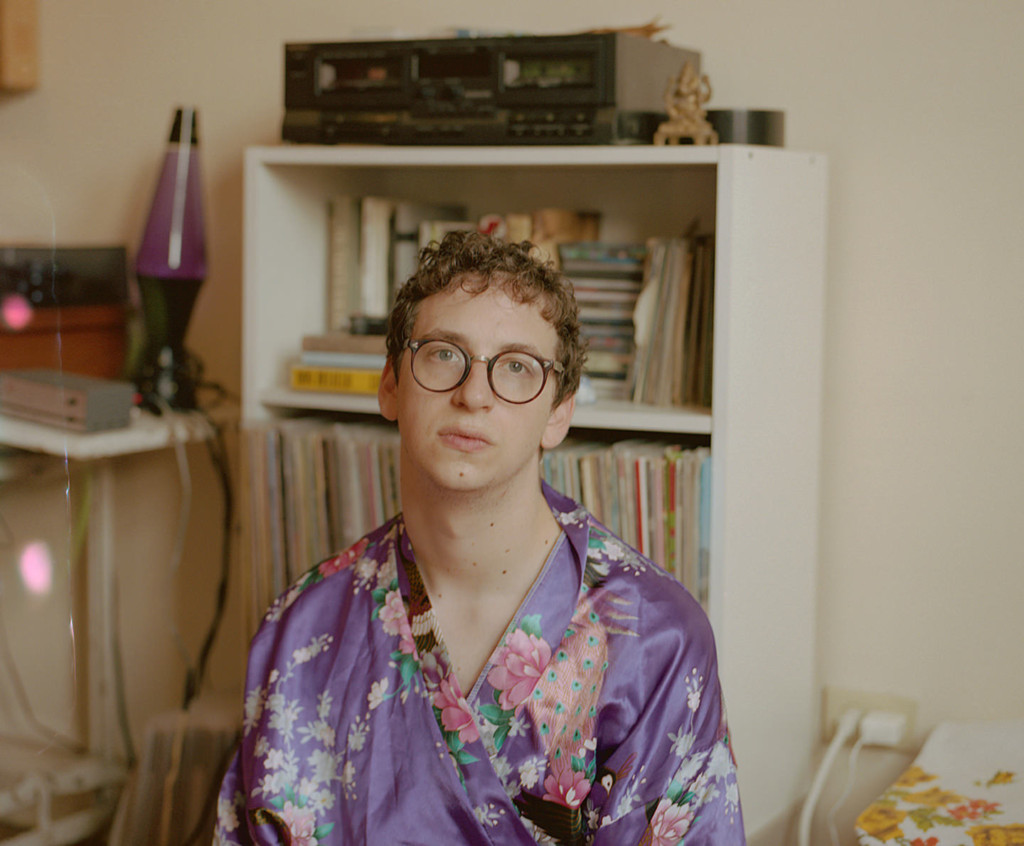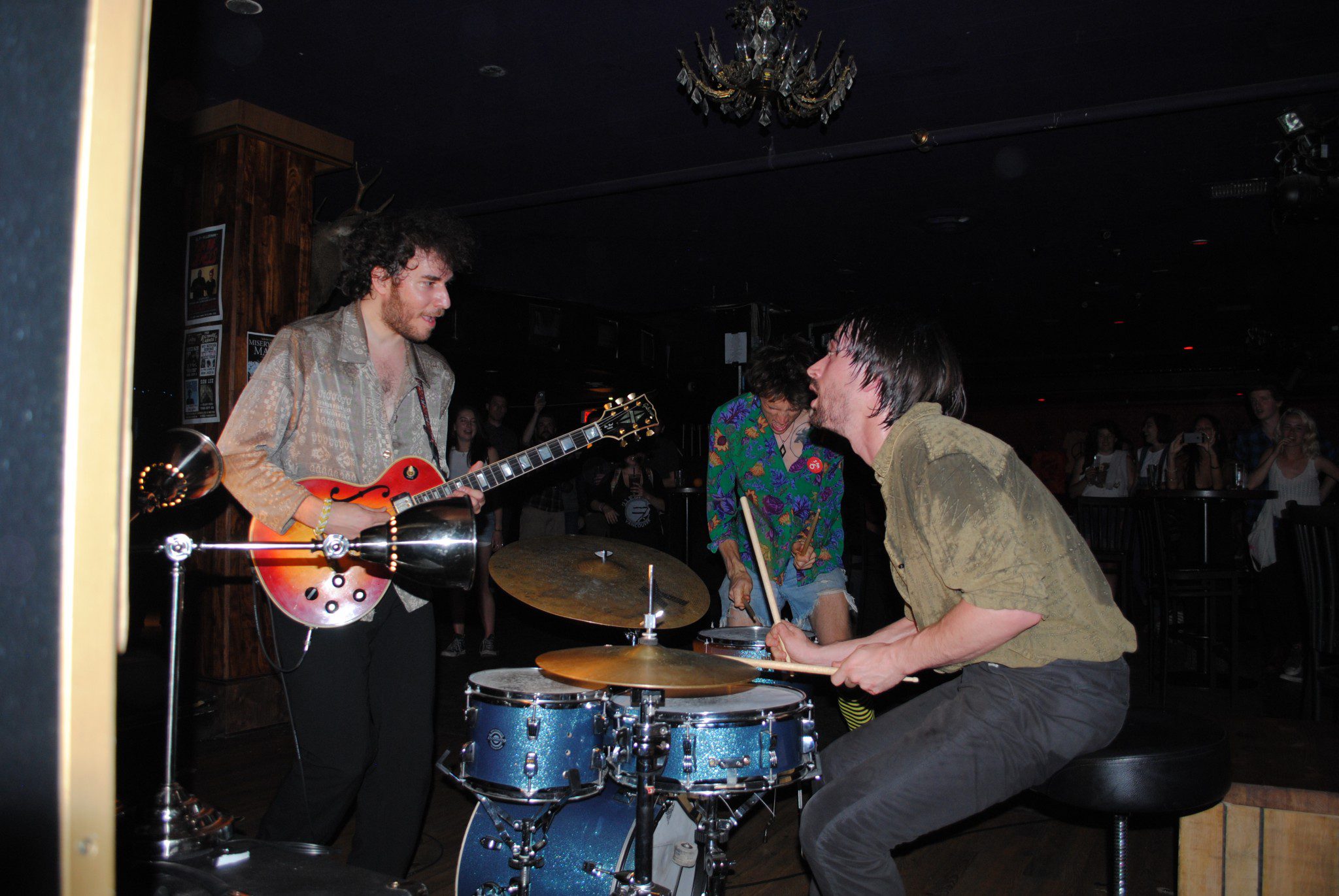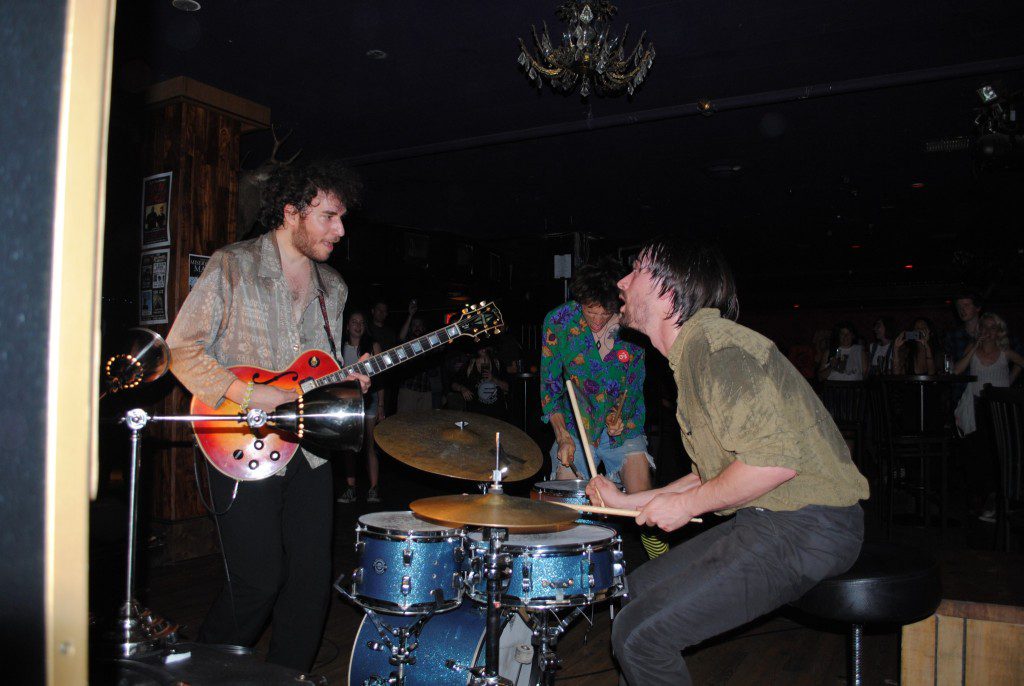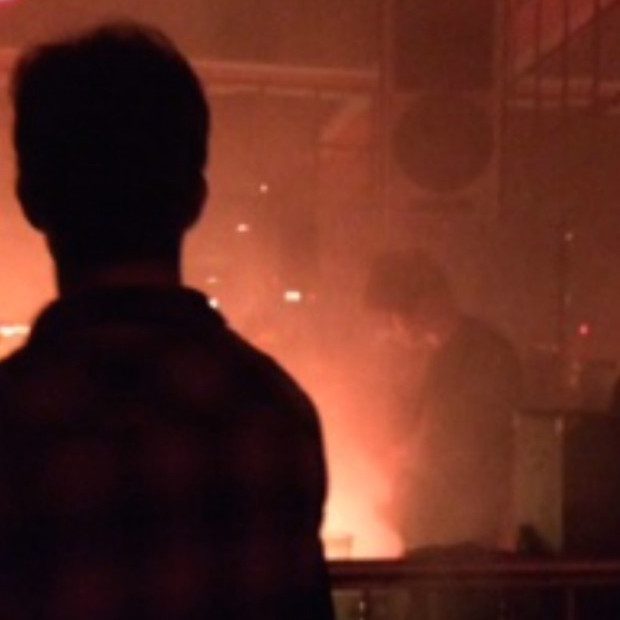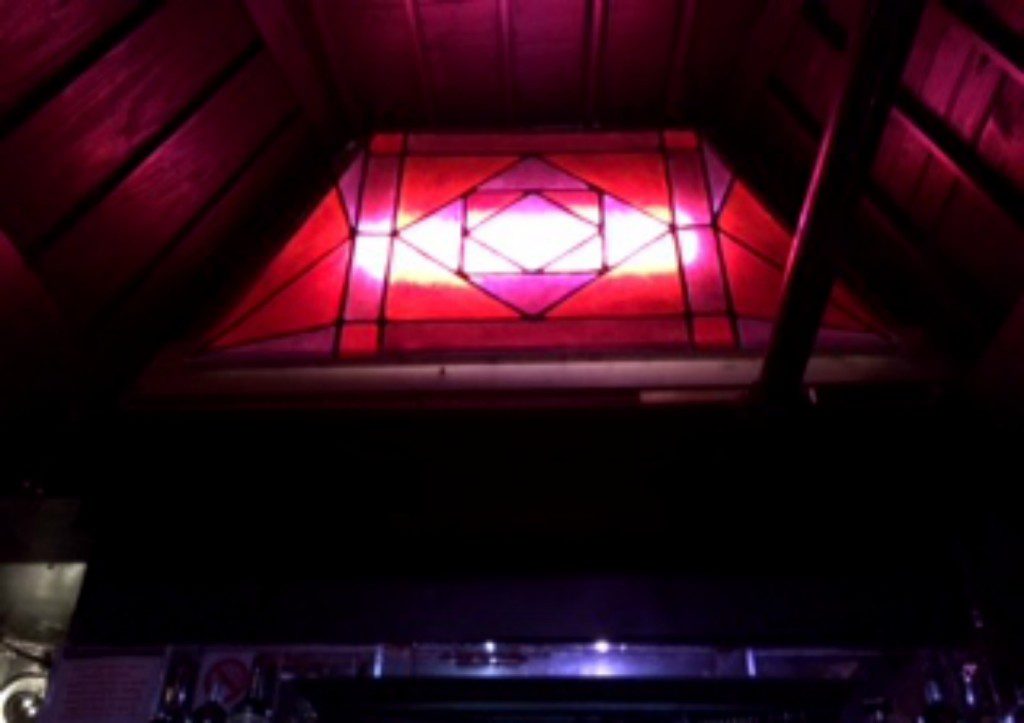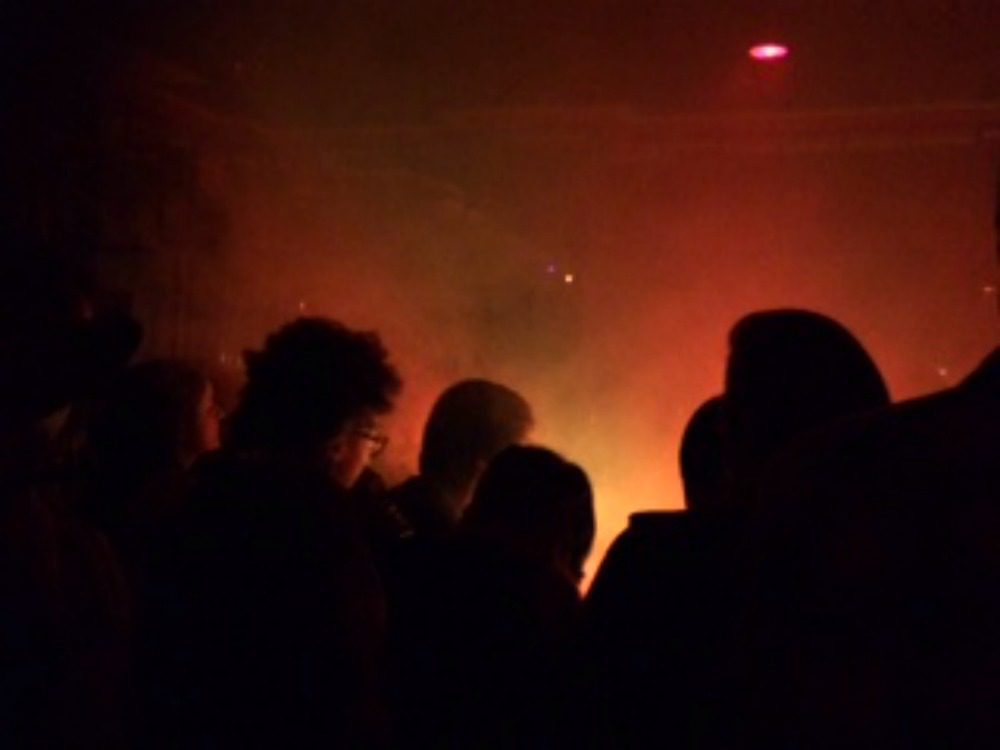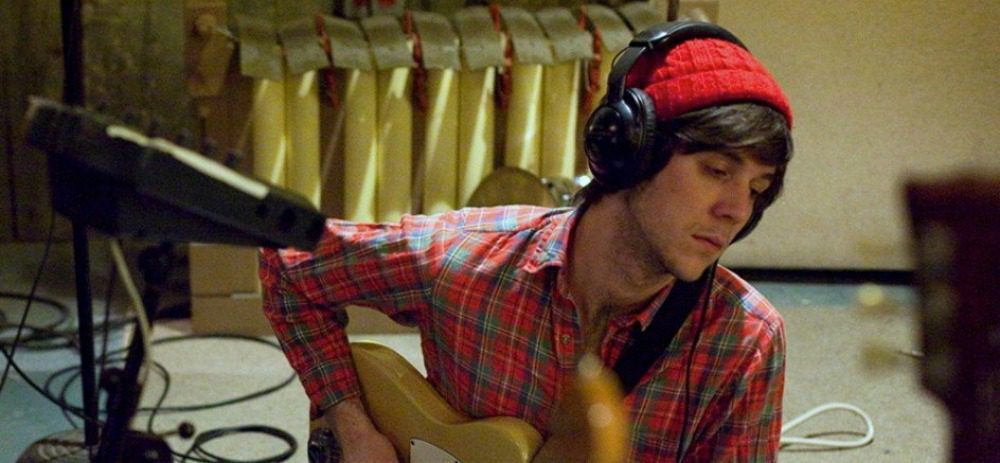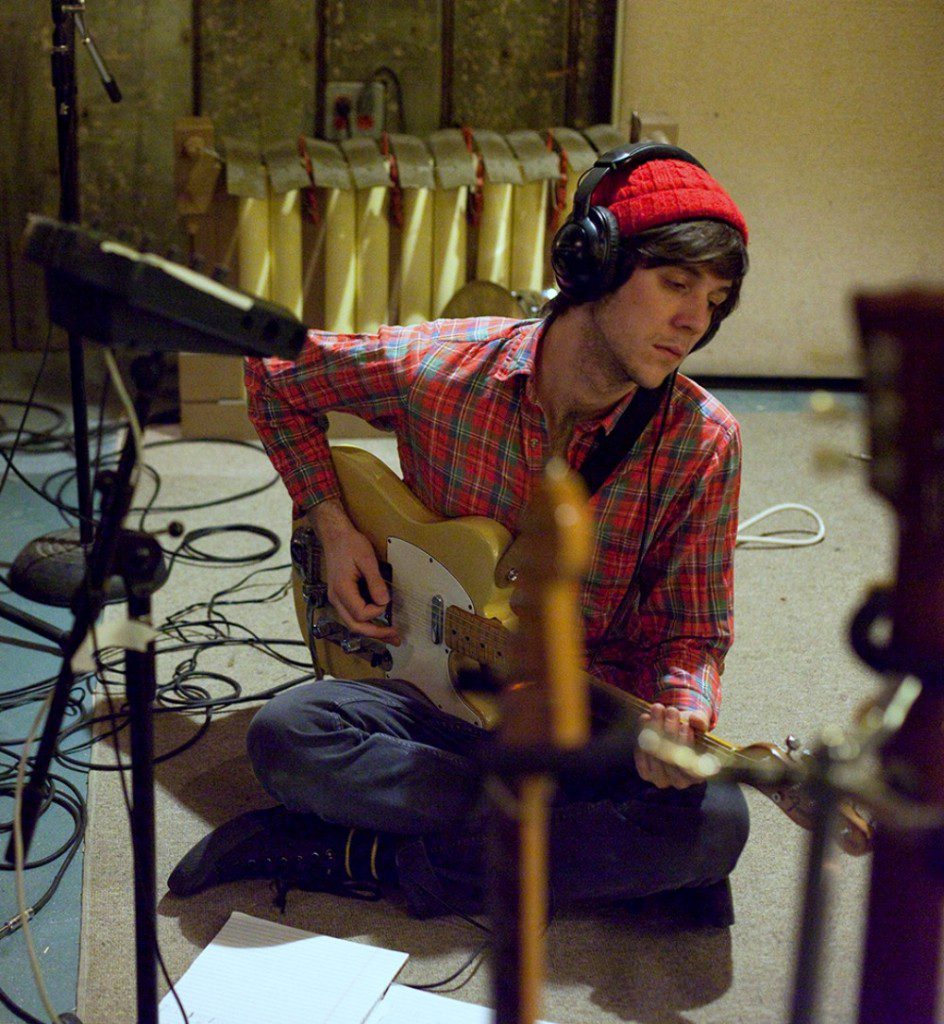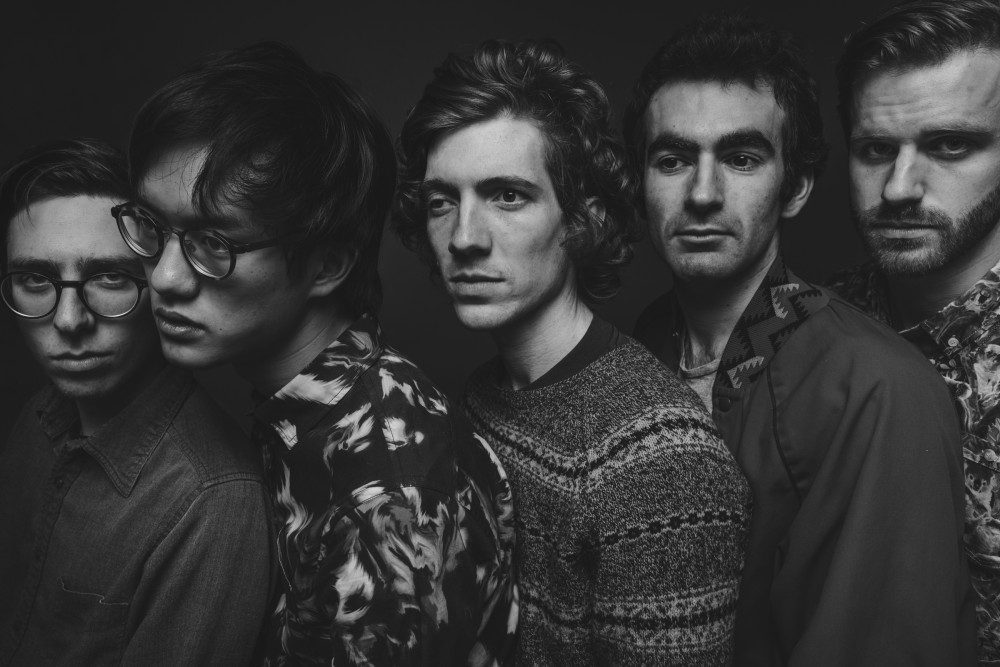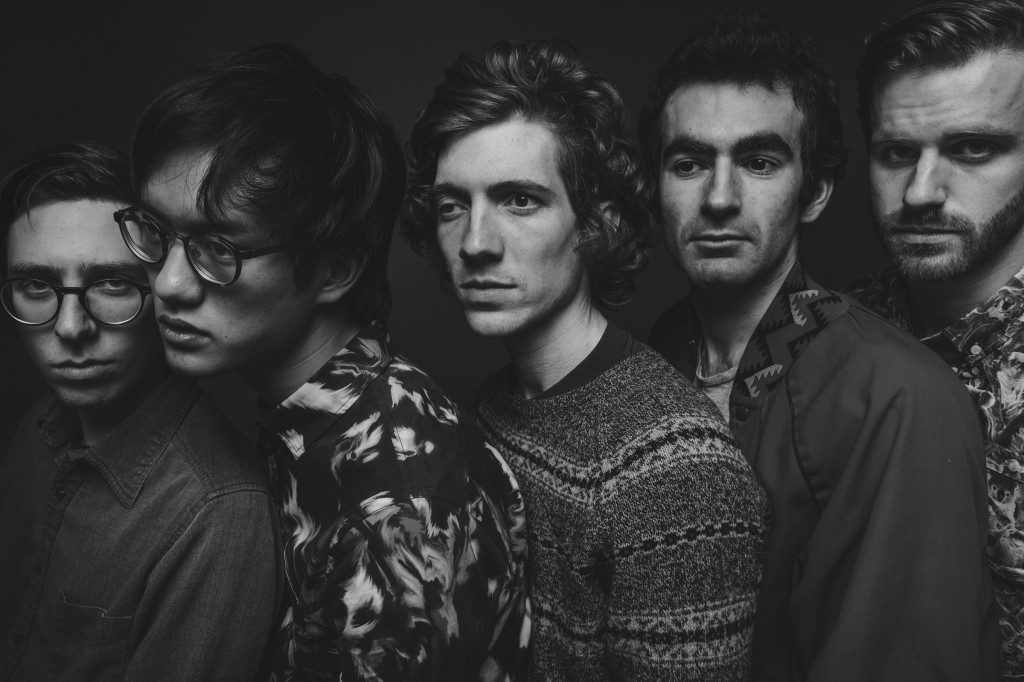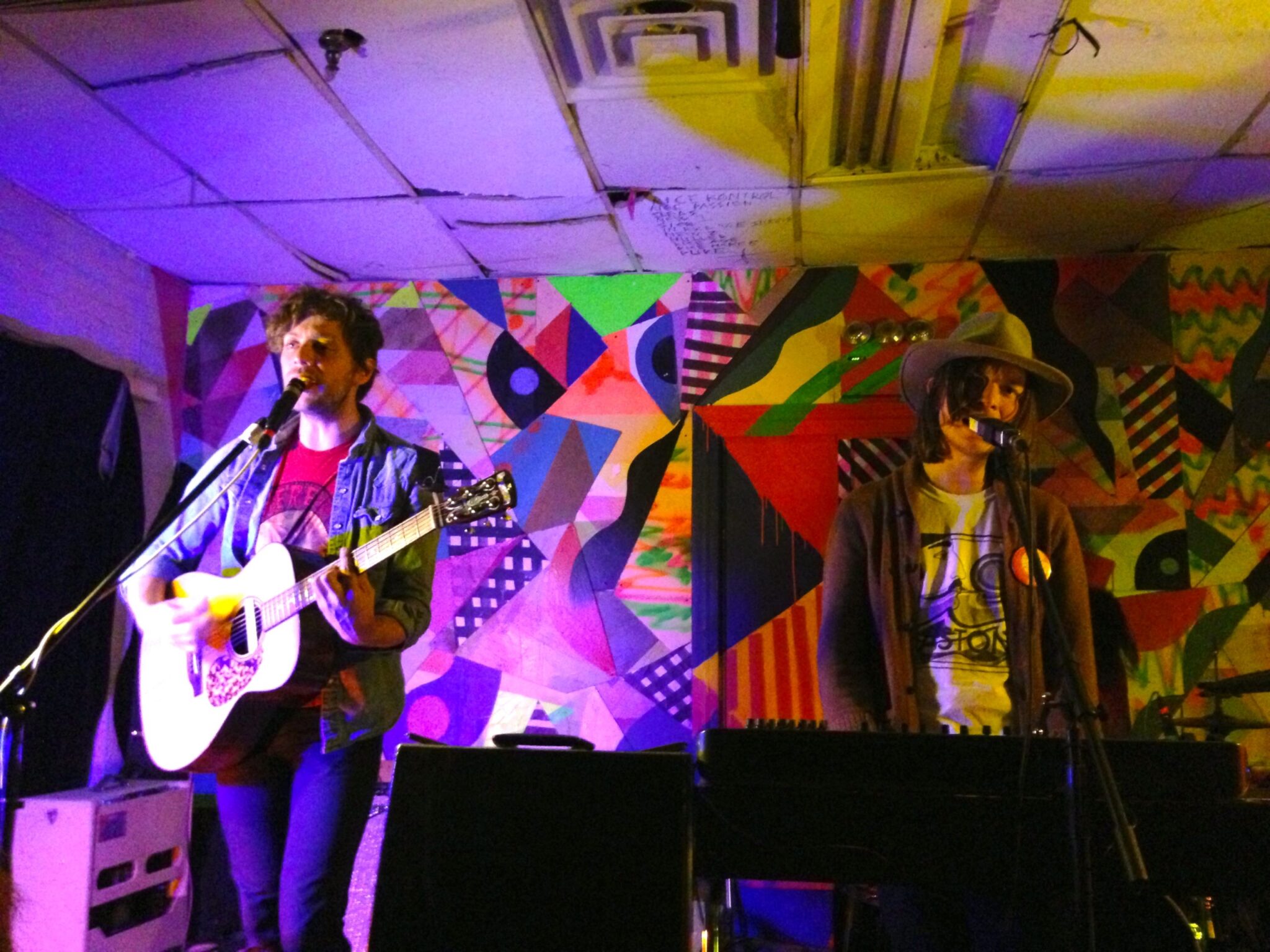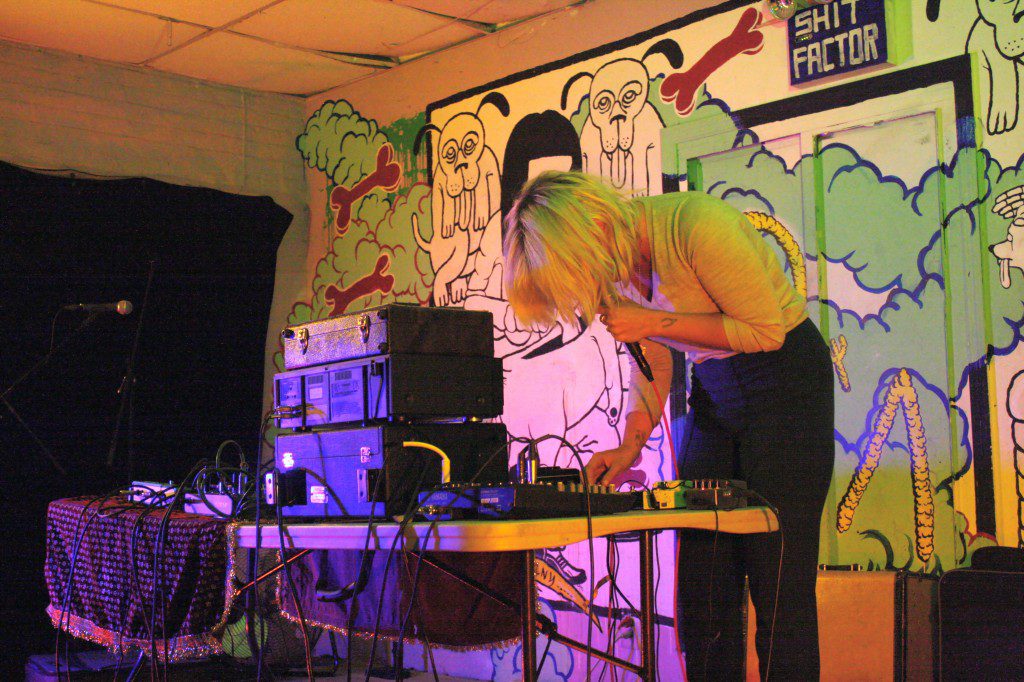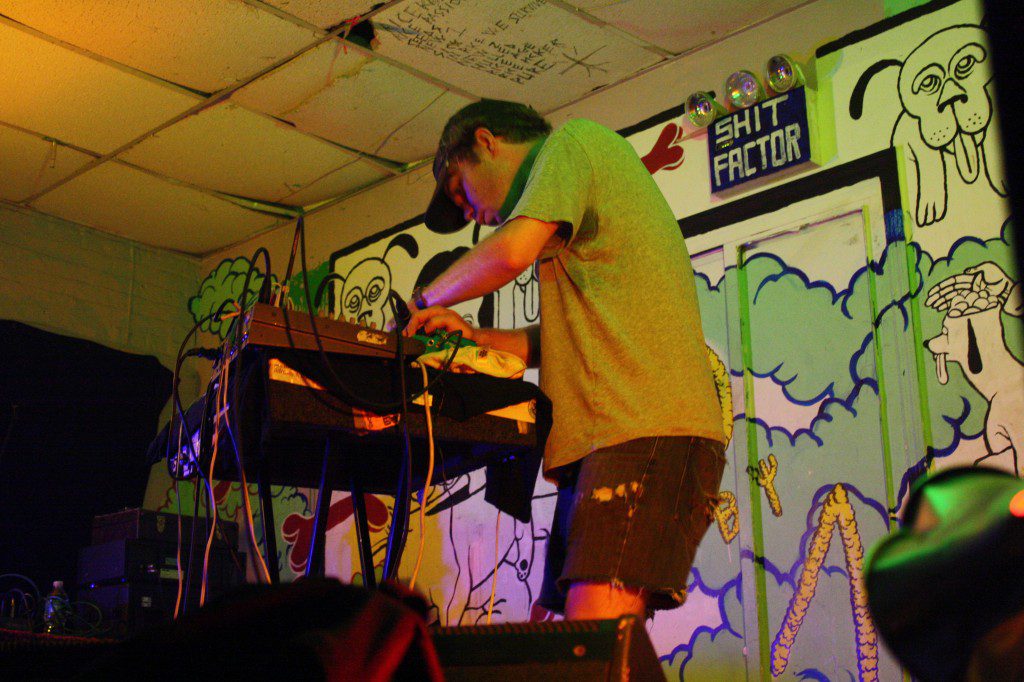PREMIERE: Brooklyn Supergroup Rhinestone Mine Campy But Heartfelt Country Aesthetic on Debut EP
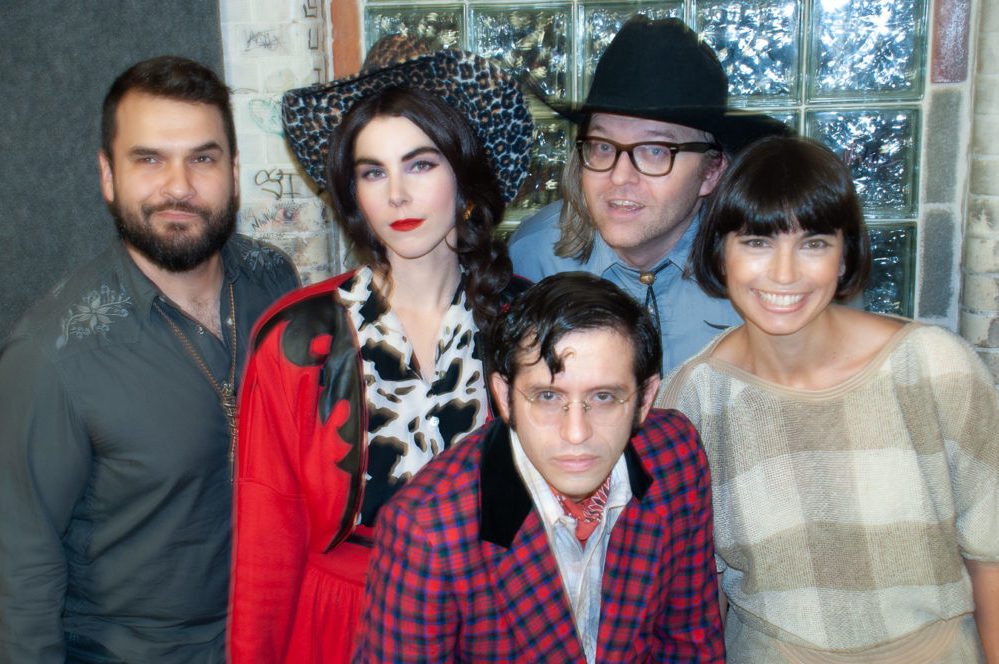
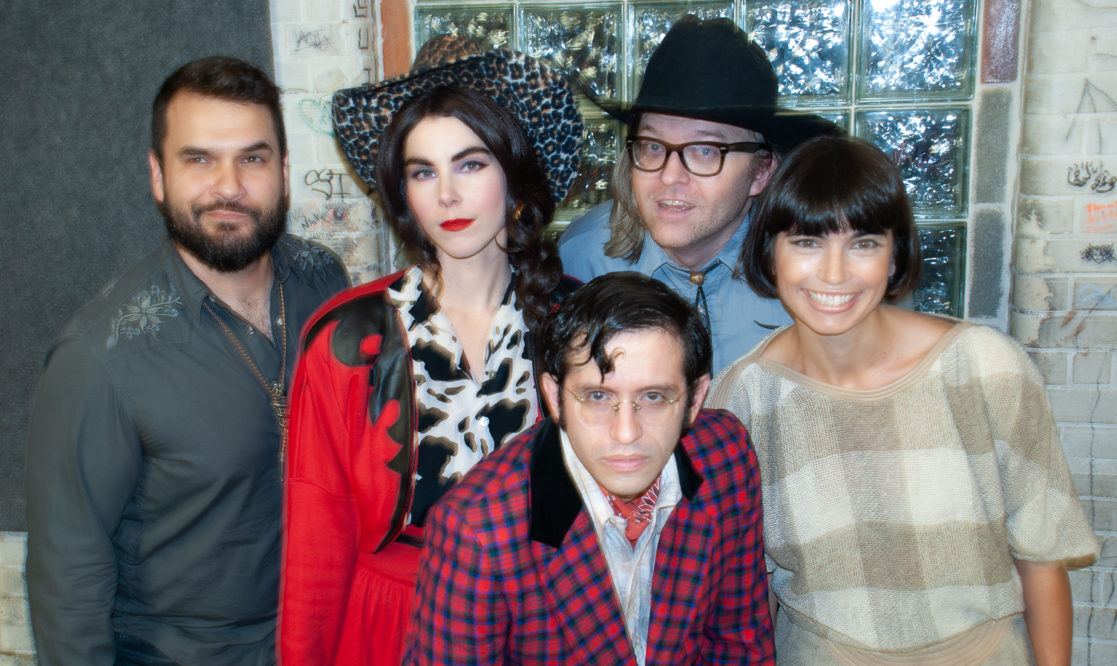
René Kladzyk says she’s always been drawn to melodrama – but some of the songs she found herself writing were almost “too embarrassing” to record, at least for her more esoteric, conceptually-driven musical project Ziemba. As she developed a taste for the oft-maligned country and western genre – particularly outlaw country courtesy of Willie Nelson and Waylon Jennings, or the folk-adjacent Americana of Bobbie Gentry and Townes Van Zandt – she realized that its heart-on-your-sleeve lyricism lent itself perfectly to sitting with those uncomfortable emotions. The only problem was, she was living in Brooklyn, where the prospect of finding like-minded musicians to start up a country band seemed a bit like finding needles in a haystack.
While this pitiful position could’ve inspired another lonesome country-tinged tune, Kladzyk didn’t wallow; she turned to Facebook. “[My post] was like, ‘Who wants to join my weirdo country band?!’ and all these people reached out – none of whom I actually knew, we all just had mutual friends,” she remembers. From the first practice it was clear that the sort of people who would immediately respond to a post like that – and actually follow through – did so for the sheer love of playing music, and though the lineup changed slightly from those first practices, it solidified around an unlikely group of dedicated musicians, well-known in the Brooklyn scene for their involvement in rather disparate projects. These included: Baby Birds Don’t Drink Milk alum Oscar Allen; Death By Audio’s Jay Heiselmann, who’s played in Grooms and Roya; and documentary photographer Samuel Budin. The EP also features John Bohannon (Torres, Ancient Ocean) on pedal steel, Casey Kreher on drums, and backing vocals from Jess Healy, the newest official band member.
Though Brooklyn might seem an unwelcoming place for a country band to flourish, the eclectic crew had a built-in audience. “Between our collective members, we already had kind of a musical following, so it was never as hard for us to bring out a crowd as it was for me when I was starting out with Ziemba,” says Kladzyk. “Because we have members with other active projects we’ve never played a ton. We’ve only played outside of Brooklyn once I think. We’ve never done a full tour. But within Brooklyn we’ve been able to play a lot of really cool shows over the years with really great bands. We’ve been lucky to have really great crowds who dance a lot, have fun, and rage.”
Rhinestone, in many ways, represents the growing appeal of country music well outside the genre’s typical demographic – whether that’s Kacey Musgraves’ critical acclaim, Orville Peck’s anonymous rise to indie stardom, the revelation of gender-flipping songwriting ensemble The Highwomen, crossover stars like Colbie Caillat making forays into country… the list goes on. Like Kladzyk, the members of Rhinestone were relatively late to the party, but they took that fateful Facebook post as a literal invitation.
“I had less than no interest in country music for most of my life. Right before I started high school, my family moved to Missouri, where I quickly fell in with a narrow vesica piscis of Nirvana obsessives, Lilith Fair attendees, and Toad the Wet Sprocket fans. My teenage filter regarded the slick insincerity of the exaggerated redneck accents leaking from passing pickups as a tool of the enemy,” admits guitarist Oscar Allen, who wrote the EP’s second track, “Maze of Love” and takes lead vocals on it. “Over time I realized that my beloved Roy Orbison, Breeders, and Leadbelly records hinted at an alternate history and deeper peeks behind that curtain revealed songs by Gillian Welch, Townes Van Zandt, and Neko Case more powerful than my prejudice against the label. Still, I went into that first Rhinestone practice with a bit of bemusement – I had to move to New York to finally be in a country band?!”
Healy came to classic country in the early 2000s via alt-country artists like Clem Snide. “I don’t think I would have sought out a country band to join prior to Rhinestone because I don’t identify with the idea I have of the culture of country being like, white dudes in cowboy hats kicking the tires of their Trump-stickered pickup, chewing snuff, and whining. I am not a huge fan of the shiny new country radiosound,” she says. “But Rhinestone feels more like campy traditional country – we put on costumes and personas and sing the shit out of the songs and it’s a joyful rollicking good time with some heartbreak thrown in. Rhinestone’s songs seem to extract the elements of country I like – the soulfulness and universality of heartbreak, straightforward melodies – while bringing in just enough Brooklyn weirdness to turn me on.”
Named for a film that sees Dolly Parton attempting to turn NYC cabbie Sylvester Stallone into Nashville’s next big star, the campy aesthetic is certainly integral to Rhinestone’s identity. Partly, it’s about world-building, creating an immersive experience. But beyond that, it’s pointing out an interesting irony specific to a genre that “often inhabits that space where it’s simultaneously really showy and flamboyant and campy but it’s also totally earnest and heartfelt,” Kladzyk says. “And that’s something that I really like about it. Some people think if you’re wearing sparkly or shimmery clothing then you can’t be sincere. I would be so angry at myself if I didn’t take advantage of this fashion opportunity. It’s like, why not go all the way there?”
“Very early on, René laid down a clear earnestness-over-irony mission statement and that, more than anything else, made me go all in,” Allen says. “It’s been fascinating to discover how this deceptively simple genre, with song forms older than Grimm’s Fairy Tales, holds a strange resonant complexity. You’re not solely bound to tropes and cosplay, but certain chord changes, word choices, guitar phrasing, and production moves will instantly announce themselves as unworthy.”
The four-track EP came out of an upstate recording session where the band set an album and a half’s worth of material to tape, on a machine they bought with licensing fees from a Sophie Tucker cover they recorded for FUSION TV’s Shade: Queens of NYC. “Among the songs we recorded, there’s four different songwriters and four different lead vocalists,” Kladzyk says. “Mixing and mastering the songs has been kind of a drawn out process but right now we have a whole additional album done. As Rhinestone releases more music, there’s a lot of different styles that we play even though we’re kind of framing it as country – country is a term that means a million things to different people.” Allen, for his part, refers to it as “David Lynch country.”
With an extensive playlist of references, Rhinestone hopes that their homage to music’s most misunderstood format might lead people down a rabbit hole of discovery. “If, through this project, that older-and-weirder world becomes even slightly more visible to people with the same preconceptions I used to carry, I’ll feel lucky and grateful,” says Allen. Budin, the band’s bassist, adds, “It’s solid pop music, and always has been. I hope [the EP] will inspire people to delve into the rich history of country music, which, among other things, is an integral part of the story of the American recording industry.”
Kladzyk says it’s also a transgressive history, despite its current-day association with a more conservative viewpoint. She points out that a lot of country music, particularly alt and outlaw country, was “responding to corporatized, highly commercial music and feeling resistant to that, so there’s a counterculture element that’s like, almost punk. There’s no straight lines and there’s no ideas that exist in silos. It’s all interconnected.”
“I guess I hope that Rhinestone can show others, as it has shown me, that there’s a flavor of country for everyone, and that beyond the stereotype are some deep roots to draw on and be inspired by,” says Healy, who credits joining the band with opening up her guitar-playing.
“If somebody likes Rhinestone, they should keep digging,” Kladzyk agrees. “I hope that if somebody listens to what we’ve made and likes it, that they feel motivated to deepen their relationship with the music in their life, cause it’s really fun. It’s like, a really nice way to live.”
Rhinestone’s debut EP is out tomorrow, 6/30. 100% of sales from the first week of the EP release (plus pre-sales) will be split 50/50 between Movement for Black Lives and Las Americas Immigrant Advocacy Center. Follow Rhinestone on Instagram for ongoing updates.

